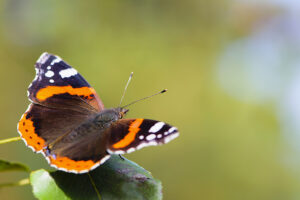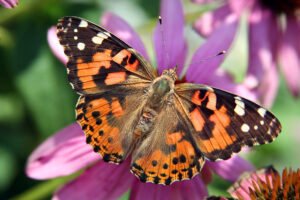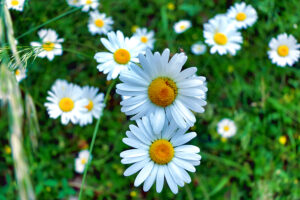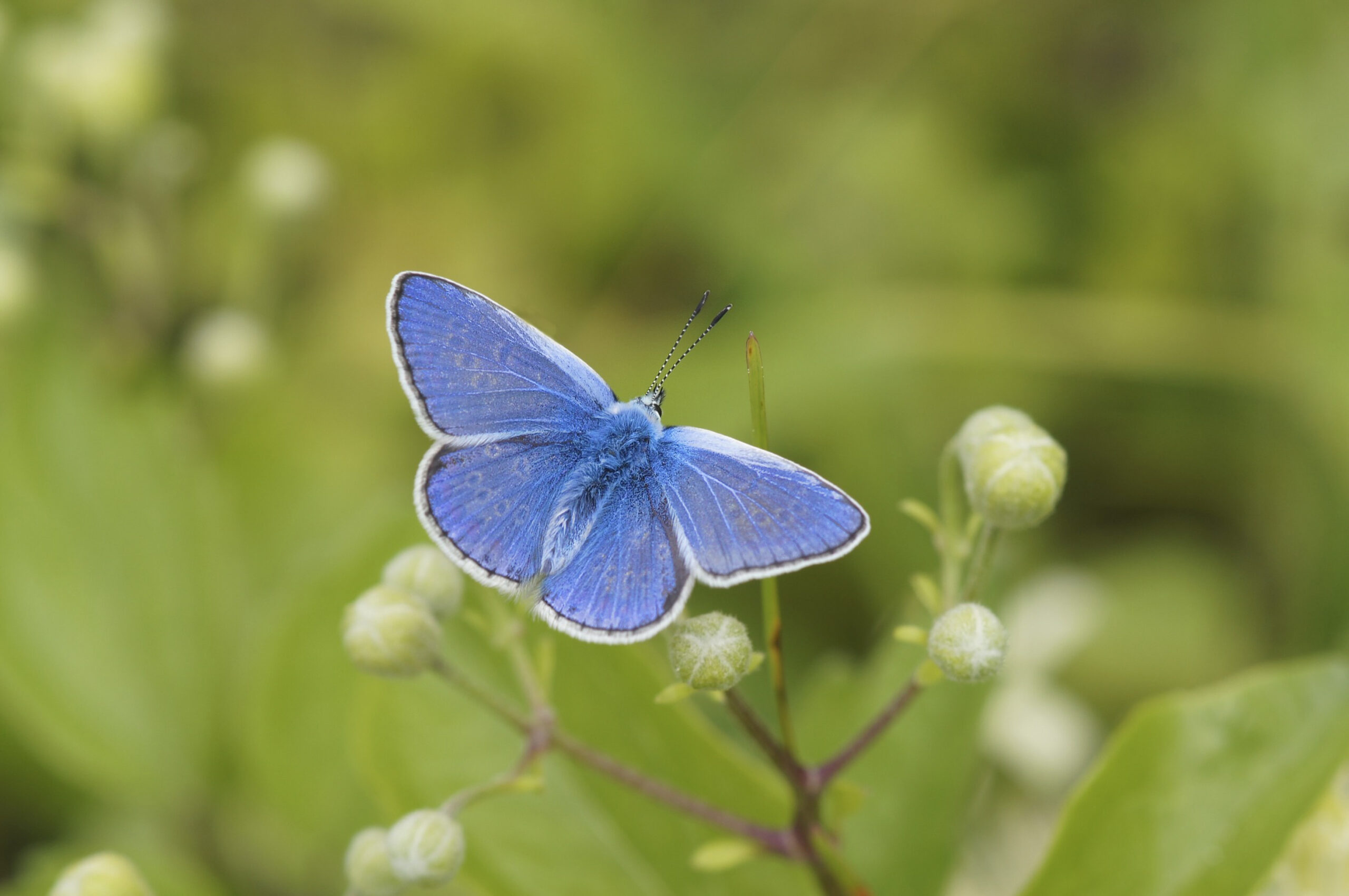How to help butterflies thrive in your garden
Butterfly Conservation offers some timely advice
Once again, the annual Big Butterly Count– the world’s biggest survey of butterflies – is almost upon us, where we are invited to record the butterflies we see in our garden to help conservationists assess how the species is doing and the health of our environment.
But how can we ensure the wellbeing of these beautiful insects?
Expert Russel Hobson, of the charity Butterfly Conservation, offers the following guide…
What butterflies might I see/not see in my garden?

Red Admiral butterfly
“There are 59 UK butterfly species in total and over 2,500 moth species, but not all of these can be found in our gardens. This year, we’ve included 21 species in the count,” he says.
“What you will see in your garden depends on where you live. Butterfly populations can be different between towns, cities and the countryside, as well as clustered in different places across the UK.”
Almost all of the 21 target Big Butterfly Count species (including two day-flying moths included in the count) are widespread. These include lots of colourful favourites, from the gaudy peacock to the small but sweet holly blue to the big, wafting large white, he explains.
How do I attract butterflies to my garden?

Painted Lady butterfly
“The best way to attract butterflies to your garden is to provide the plants that support every stage of their lifecycle,” Hobson advises.
Grass (particularly if it’s allowed to go wild), helps to provide a protective habitat for butterfly and moth caterpillars and eggs, especially over the winter. It will also encourage wildflowers – such as dandelions and bird’s foot trefoil – to grow too, which make for good nectar sources for adults.
Nettles are another great plant for butterflies, he says, providing food for caterpillars of red admiral, small tortoiseshell, painted lady and comma.
What flowers should I grow?

Ox-eye daisy
“Choose native, nectar-rich plants for butterflies and moths. Great examples of butterfly-friendly plants include lavender, Verbena bonariensis, Sedum Hylotelephium spectabile (the pink form), red valerian and wallflowers such as Erysimum ‘Bowles’s Mauve’. Plant these in sunny spots, so butterflies can bask at the same time as they feed,” he advises.
The flowers of many herbs – including marjoram, chive and thyme – make delicious food for adult butterflies and moths, as well as benefiting humans too, he adds. Great if you have room for a few outdoor pots or a window box.
Wildflowers including yarrow, ox-eye daisy and meadow cranesbill are also a butterfly magnet, and you can grow them easily from seed.
What’s bad for butterflies?
View this post on Instagram
Spraying your plants with harmful pesticides is bad for butterflies. If you have problems with slugs and snails, remove them by hand and release them away from your best plants, he advises.
“Often, plants which have been cultivated to look bigger and brighter to the human eye are less helpful for butterflies, as they contain less or no nectar. Make sure you intersperse them with other border-filling butterfly-friendly plants, such as salvia and lupins.
“And always buy peat-free compost. Some of our rare butterflies and moths live on undamaged peatbogs,” he notes.
Do you need to be an experienced gardener to plant well for butterflies?
Not at all. TV doctor Amir Khan, ambassador for Butterfly Conservation, has been doing his bit in his own garden to help butterflies thrive.
View this post on Instagram
He says: “You don’t have to be an expert gardener to attract them. I grow buddleia and lavender, which is certain to lure them in. I also have a wonderful area of thistles (cirsium rivulare), which pop with colour at just the right time for the Big Butterfly Count, as well as a thriving Verbena bonariensis, perfect for providing nectar into the late summer and a good one to grow in pots if you don’t have much space.
“It’s surprising how many species are attracted to my garden each year, including colourful peacocks, red admirals, orange tips, painted ladies, large whites, commas and the occasional small copper too, showing that you don’t have to live in a rural location or have lots of outdoor space.”
How do I take part in the Big Butterfly Count?
The Prince took part in the count at his Highgrove home, which has a wildflower meadow often teeming with butterflies in the summer.
For more information on the Big #ButterflyCount and how to join in, follow @savebutterflies or visit https://t.co/rFtYdx84zl pic.twitter.com/ux11tB9brp
— The Prince of Wales and The Duchess of Cornwall (@ClarenceHouse) July 30, 2020
Visit the Big Butterfly Count website and register yourself as a citizen scientist, or download the free app for iOS and Android.
Choose a place to spot butterflies and moths for 15 minutes, and identify and record the butterflies you spot.
Submit your sightings on the website and app, and look at the interactive maps to see how your data is contributing to conservation science and research.
The Big Butterfly Count takes place from from Friday, July 16 to Sunday, August 8. For more information visit bigbutterflycount.butterfly-conservation.org/
The Press Association
Latest posts by The Press Association (see all)
- Could brisk walking boost your heart? - April 16, 2025
- Best spring-to-summer plants to fill the colour gaps - April 15, 2025
- Catherine tells how ‘spiritual’ connection with nature gives her peace in busy world - April 15, 2025
- Why weeds are worth cultivating – and eating - April 14, 2025
- 5 top tips for cleaning your tech, from phones to laptops - April 14, 2025




















